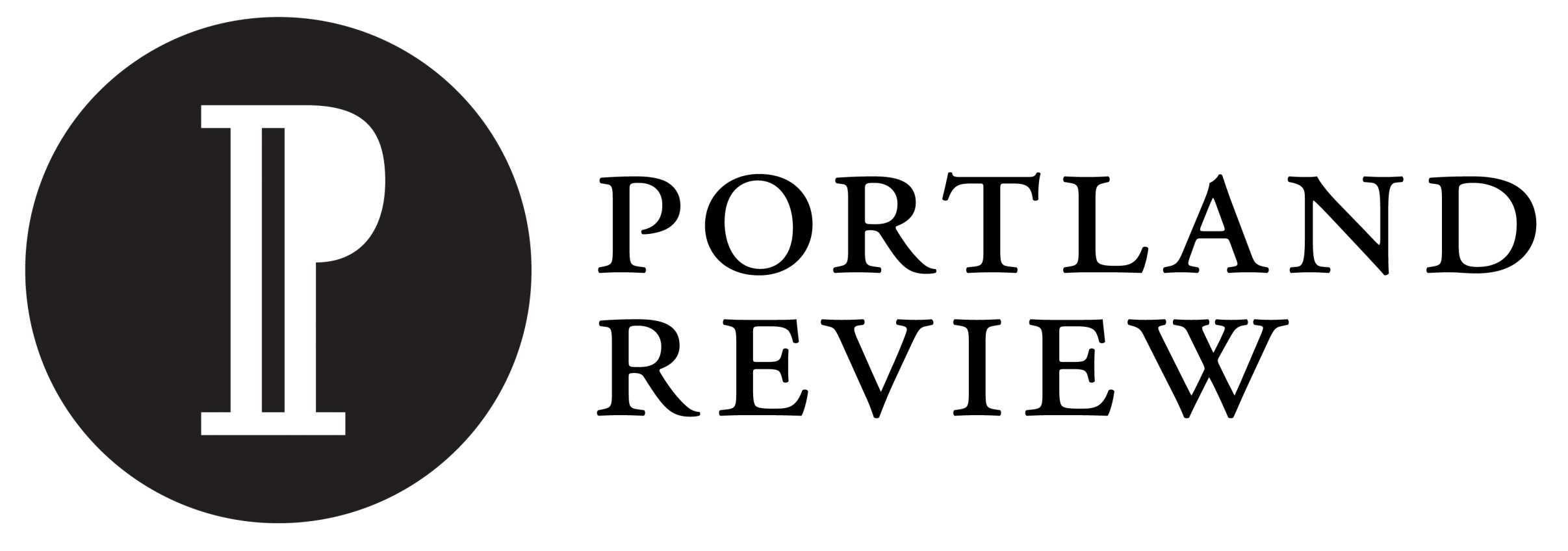Back in 2008 when I breastfed my first-born, my son (didn’t I do it right, god, empire, mom and dad, giving the firsts to the boy); when I was breastfeeding Jake, I found this natural act to be quite difficult. But of course, I would. I am not a natural woman. I worship urbanity, dirty sidewalks, steel, glass, brick, brownstone, public parks and bridges—volume—like a good red blood cell count against the anemia of rural stare downs and suspicious friendliness. It seemed right that breastfeeding was nauseatingly painful for me, for some time. My son eventually came to love one breast over the other. This reminded me of what I learned in my former training as a psychotherapist about Melanie Klein’s concept of “the good and the bad breast.” It’s so simple. The baby fears and rejects you when you’re phoning it in and approves of you and wants more when you’re delivering your best—he sees no blending and no compromises. The effort and the product are not related exactly. This can be true of our readers, as well.
One of my breasts was a better producer, easier to syphon and didn’t require the patience of waiting for the let down to get going on the right side. I could hold my baby on the left then and do things with my right hand. As my left tit was getting bigger, and my vanity shrinking along with my right breast—that gave up on being noticed, like the runt student in the back of the class holding up his nerdy hand for too long—it submitted to being ignored. But what my son was giving me was an invitation to work on other things with my dominant side. He said, without doing anything but sucking and looking around and rubbing his toes, you go write, write down an idea like you used to, mother, you used to write, you are a writer. The left side of me was for the love and the right side of me was to write. But I had a hard time writing about my kind of brutal truth with my son so firmly attached to my body and brain. The good breast of his loveliness and the bad breast of my difficult stories were not making a whole picture.
When I had my daughter almost a year ago, my plan was to nurse her mostly on my right side and to stretch the supply where it was previously rejected in order to even out my body—to restore some balance, even if simply corporeal. I tried this while I was, and still am, in graduate school for writing. I gave birth to Frances on 12/12/12, during Portland State’s winter break and went back to class nursing a newborn in workshop. She preferred the left side of me, as well. And so I could nurse and mark my stories up as the feedback trickled in from my cohort. She suckled on me and I debated whether my father physically abusing the women in his life would fit into the larger narrative better on page one or ten. I explained why I loved Aileen Wournas even though she was a killer and a prostitute all while the baby dozed on my tit, my right hand flying in the air, my mouth rattling on about feminism and dissent, or my attempts at making memoir into a fragmentary novel or a long poem. And as she emptied me, I worried about provocation and erasure. I still do.
The thing about creating work and having people peg it as provocative is that it further disintegrates and strips the writer of the dignity she was trying to perform in the act of telling the truth. This is especially distressing when much of what is considered art is expected to whisper, hint, imply, and come in from behind. When you call a work by a woman provocative you are stripping it of everything else, but that idea of provocation. There it stands, naked and alone, and quite mute as a result, really. With female writers, provocation historically implies sexuality, which implies the hidden, which implies grief, which implies martyrdom, which implies erasure.
I am done nursing my children and my body is back to being mine. I am now freer to be the bad breast who worries deeply about erasure and provocation and write it with both sides of my body whenever they finally go to bed.
